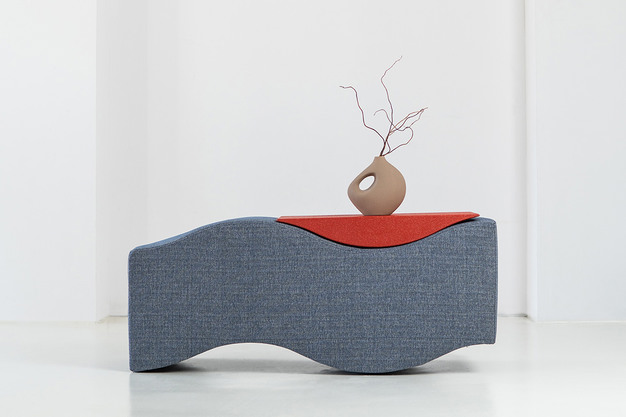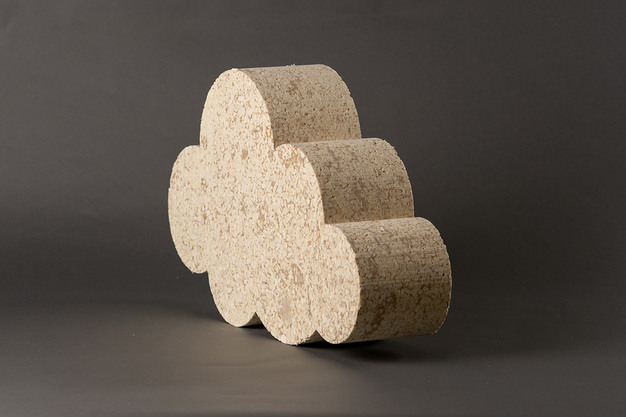Refrigerator disposal is an often-overlooked aspect of waste management, but what if your old fridge could be repurposed into something entirely new, like a piece of furniture? A key component in the insulation of refrigerators is rigid polyurethane (PU) foam, which is notorious for its durability and difficulty to break down in landfills. Once a refrigerator reaches the end of its life, the PU foam it contains is typically discarded, adding to the growing problem of long-lasting waste. However, an innovative process has emerged that turns this waste into something useful and environmentally friendly: upcycled furniture.

Rather than disposing of the PU foam, companies have developed a way to recycle and upcycle this material into sturdy, durable furniture. The process begins by mechanically breaking down the rigid foam collected from refrigerators and other appliances. The foam is then shredded into small pieces, which are combined with a natural binder called lignin—a renewable resource derived from wood and paper industry by-products. This combination of recycled foam and lignin creates a strong, flexible material that can be molded into furniture frames for chairs, sofas, and tables.
This method stands out because it doesn't just recycle but upcycles—meaning the foam is transformed into something of higher value than its original form. The use of lignin minimizes the reliance on harmful synthetic adhesives, resulting in a more sustainable product with less environmental impact.
From old fridges to new furniture: How it works
The upcycling process showcases the potential for circular design—where materials from old products are transformed into new items without compromising on quality or strength. Once rigid PU foam is extracted from decommissioned refrigerators, it is shredded and mixed with the lignin-based binder, creating a composite that retains the original strength of the foam. This mixture is then molded into the frame of furniture pieces, making it possible to transform discarded refrigerators into modern, stylish furniture.
Not only is this process environmentally friendly, but it also reduces the demand for virgin materials like wood and metal typically used in furniture manufacturing. With sustainability becoming more important for consumers, furniture made from recycled materials like insulation foam can appeal to eco-conscious buyers. Each piece of furniture comes with a story—a once discarded refrigerator now serves as the foundation for a chair or a sofa.

The future of sustainable furniture design
As the furniture industry shifts towards more sustainable practices, this innovative recycling method offers a glimpse into the future. Imagine sitting on a couch made from the very material that once kept your food cold. It's a unique reminder that even the most unexpected materials can be given new life. And with the strength and durability of PU foam, furniture made from this process is built to last.
Incorporating this kind of upcycling into mainstream furniture production has far-reaching environmental benefits. It reduces waste, conserves resources, and contributes to a more sustainable future. The next time you dispose of an old fridge, think twice—it might just become your next favourite chair!
More information:
Purman
[email protected]
www.purman.com
